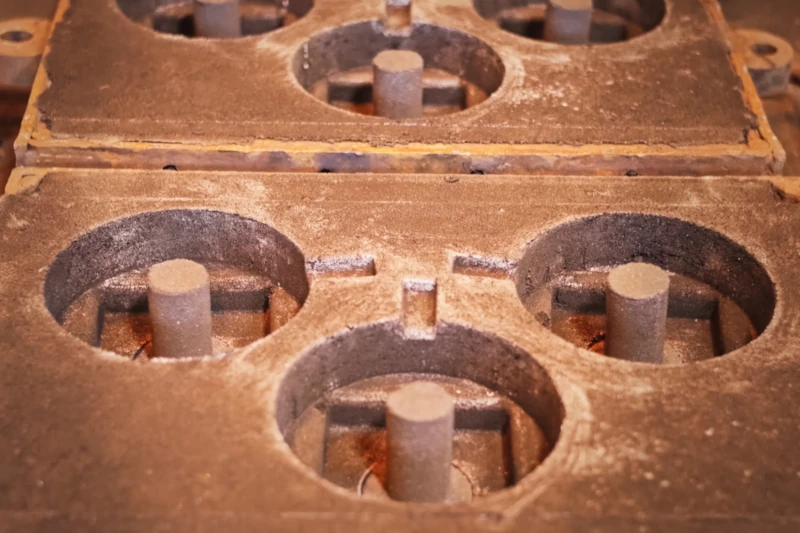
Guide to the Sintering Process in Metal Injection Molding
Sintering is the process of heating a material close to its melting point without allowing it to liquefy, typically for the purpose of bonding the metal particles in order to achieve desired mechanical properties. A common part of the metal injection molding (MIM) process, sintering allows the atoms in a material to diffuse across its boundaries, causing them to fuse together and create a single piece. It’s particularly common for shaping metals with high melting points like molybdenum and tungsten since it doesn’t require the material to actually melt.
Here we’ll review sintering in the metal injection molding (MIM) process along with ways it differs from sintering in traditional metallurgy processes.
The Sintering Process in MIM: An Overview
The binding agents used in sintering are typically polymers such as wax and polypropylene, which mix with the powdered metal to form a feedstock.
During the MIM process, heat is applied to the feedstock, liquifying the binding agent, which carries the powder metal material into a mold. Once the cavity is filled with material, the mold is cooled to solidify the binding agent and powder metal material. The mold then opens and releases the component – at this stage, the part is considered a “green part.”
Methods like catalytic processes, solvents, and heating remove the binders, resulting in a fragile porous material now known as brown parts. Parts are then sintered in a protective atmosphere to prevent unwanted chemical reactions.
MIM often uses liquid-phase sintering, which induces partial melting of the metal. Once it solidifies, the end product has mechanical and physical properties comparable to parts made with traditional metal working techniques.
Are There Any Differences Between Sintering MIM Parts and Other Metal Parts?
Sintering is the same general physical process, whether it’s used in MIM or traditional powder metallurgy (PM). However, there are many variables in practice, including binder formulations, debinding techniques, powder types and furnaces. For example, MIM components require a consistent spherical shape due to the need for the powder to flow well. MIM manufacturers use gas atomization to produce powder with these properties.
Continuous Sintering in MIM
Furnaces used in sintering may be continuous or batch types. MIM typically uses continuous sintering furnaces, which continuously debind and sinter the metal. This capability is more economical for the mass production of the same part since it doesn’t need to repeatedly shut down and startup like batch furnaces.
What Happens To the Part During Sintering?
After sintering, metal parts will have a smooth finish, with a root mean square (RMS) roughness of about 32. They’ll typically have a density of 95 to 98 percent of the metal’s full density due to equally dispersed voids within the metal. Post-sintering operations like hot isostatic pressing can increase the density of MIM parts to 99 percent.
What Does Sintering Do to Improve the Part?
Wrought metals can have different mechanical properties based on whether they’re tested in the direction of rolling or across the direction of rolling. MIM doesn’t involve this process, so its parts usually have uniform properties in all directions. This lack of directionality with respect to properties is also due to the uniformity of the metal’s microstructure.
Is There Shrinkage?
Parts manufactured by MIM technology typically shrink by 20 percent between the time they’re molded to the time sintering is complete. However, this process is highly repeatable, since the variance in size is typically within 0.2 to 0.5 percent for each dimension. In some cases, parts with a high requirement for precision need post-sintering processes to ensure they have the correct dimensions.
Boost Your Manufacturing With Metal Injection Molding
As you can see, sintered MIM parts are highly repeatable, and hold similar properties to their traditionally manufactured counterparts.
Think MIM may be a good option for your production and want to learn more? Check out our resource page.
